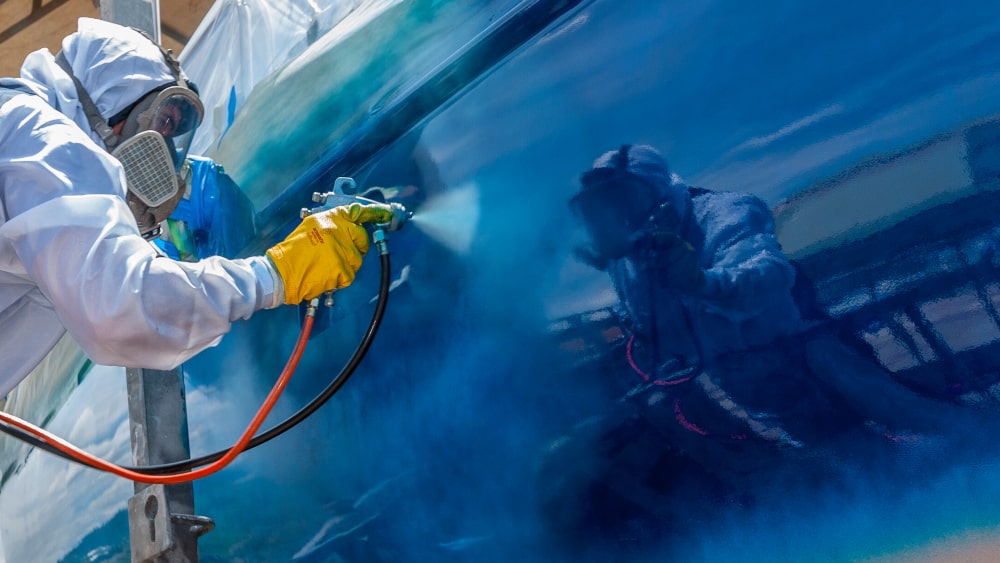You’ve likely got an idea about adhesives and what they’re all about. The science of adhesion, however, is a less explored topic, but one that's critical for construction and manufacturing professionals to understand to get the most of out of the sealants and adhesives they’re using.
What is bonding?
Bonding is the process of joining two substrates using an adhesive. The adhesive used to join the materials is generally a binder that brings the materials together with cohesive and adhesive forces, binding the substrates by outward attachment.
The bonding process is typically performed in steps, starting with wetting the surface of the substrate using the adhesive. The wetter the surface, the better in most cases. Once the adhesive is applied, the materials are being joined, with pressure applied for a determined amount of time to ensure the substrates are completely bonded.
Now that the process of bonding is clear, let's get into the details of the science of adhesion.
The science of adhesion
Adhesion is the joining of similar or non-similar materials. As explained above, for two materials to bond, cohesion forces also have to be present.
The science behind adhesion can be explained in a number of ways.One mechanism is that there are bonding forces between atoms, which are in close proximity. The bonding forces are scientifically referred to as dispersion or van der Waal forces. Adhesion can occur via primary chemical bonds, and though these bonds are said to be strong, they’re used less in industry.
Other mechanisms include molecular interdiffusion, which occurs between miscible polymers. It’s also possible to roughen the surface of a substrate (via grit blasting) to enhance the strength of a bond.
For a material to act as an adhesive, it has to have the characteristics of both a liquid and a solid. It must also have the ability to amalgamate or coalesce, especially if it is a waterborne latex.
For adhesion to occur, the surface must be wet. However, results won’t always be the same since there are factors that affect the ability of the material to get wet, one of which being thermodynamic surface energies. If the adherents and adhesives are compatible thermodynamically, the bond will take place quickly.
The second factor is molecular agility and time: it has to be enough to ensure the adhesive gets into contact with the substrate enough to make it wet.
The science of adhesion is a complicated one. But understanding it is critical to ensure you’re using sealants and adhesives properly to produce the highest quality products. We can help you equip your operation with the highest quality sealants and adhesives equipment or spray foam rigs on the market. Reach out to Bolair to see how we can help.







